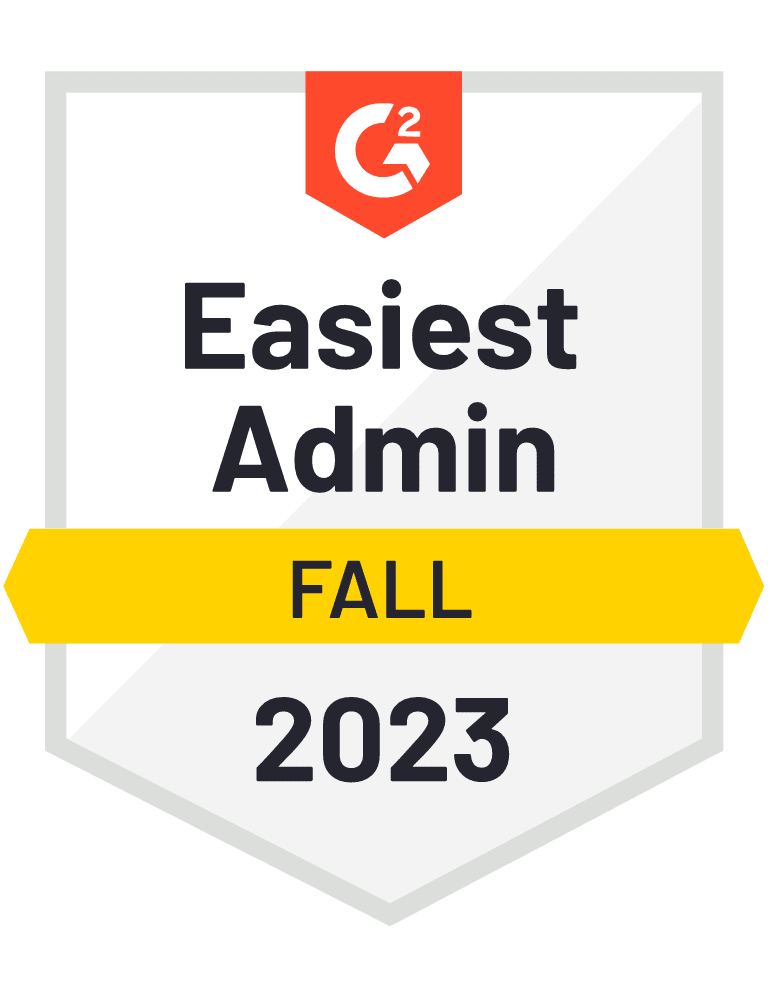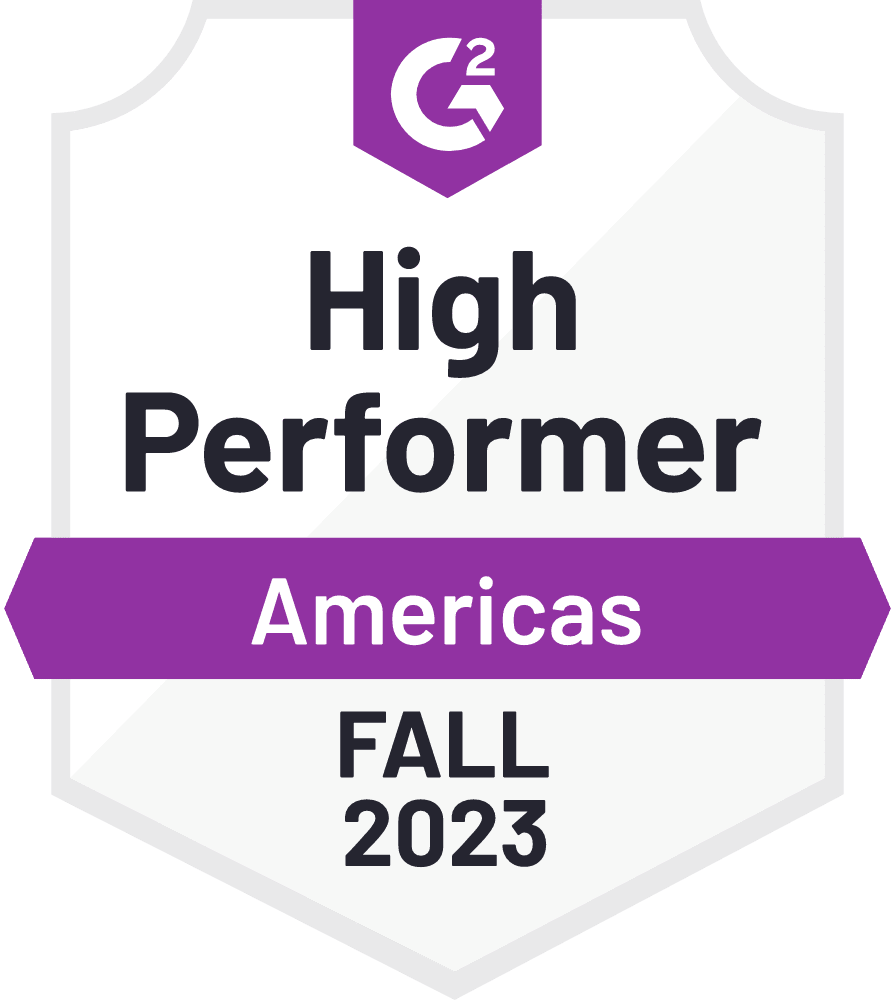“A long time ago in a galaxy far, far away…”
If you like Star Wars, you know this opening line. You also know that the biggest conflict throughout the series is between the light and dark sides of the Force, a literal fight between good and evil.
The light side embraces virtuous behaviors and principles that should generally be adhered to, while the dark side almost always acts villainously and in ways that should be avoided. Those aligned with the dark side include the Sith (evil space wizards) and the Galactic Empire (space fascists), whereas the light side includes the Jedi Order (a monastic, knight-like order) and the Galactic Rebellion (an alliance resisting the Empire’s tyranny).
Despite its creative blend of sci-fi and fantasy, with lightsabers, blasters, starships, droids, and the Force (a magical, spiritual-like energy that can be channeled, allowing powerful abilities), there are valuable, applicable insights from Star Wars that can be translated into the workplace and the world of HR.
Training, Development, and Mentorship
“Pass on what you have learned.” – Yoda, Return of the Jedi
Heavily illustrated throughout the Star Wars franchise is the importance of training, development, and mentorship, and the Jedi Order is the best example. The Jedi Order has a strict hierarchical structure, with force-sensitive individuals beginning their journey at a young age as initiates, hoping to be selected as apprentices. These apprentices – known as Padawans – are individually chosen by Jedi and shadow their masters until they complete training. Only Padawans that successfully pass every stage and test of their training can become Jedi Knights; ranked above Knights are Masters, then those on the High Council, and finally the Grand Master.
A great example of Jedi training, development, and mentorship is demonstrated by the character Obi-Wan Kenobi. He is first seen as a Padawan to Jedi Master Qui-Gon Jinn in Episode I and accompanies him during the mission to Naboo while still in training. At the end of this film, he is promoted to Jedi Knight (and eventually becomes a Jedi Master), and he first takes Anakin Skywalker, and later Anakin’s son Luke, as apprentices of his own.
This tailored training, system of development, and style of mentorship directly pertains to the modern workplace, as the market research company Ipsos found in 2017 that 31% of all adult employees did not receive training in any formal manner, a rate of 25% for full-time workers. A Central Michigan University article reinforces these Jedi practices, explaining that “As training continues to change and adapt to new demands by the workforce, personalized and learner-centric training is becoming more and more prevalent. Gone are the days when individuals were presented with wave after wave of materials and information and expected to learn it using a ‘one-size-fits-all’ method.”
Training is a valuable investment in your workers and organization. It’s best to have a formal process for new employees, but it doesn’t have to feel formal. You don’t need to get rid of theoretical and classroom-style education; however, like the Jedi, it’s better to emphasize practical, personalized, and relevant instruction, and consider a mentorship program if you don’t have one already.
Teamwork and Collaboration
“Help me, Obi-Wan Kenobi. You're my only hope.” – Princess Leia, A New Hope
Try to name the main hero from any of the films, and you’ll notice there is never just one. Every win against the dark side was achieved by a team. In Episode VI, the Empire was in the process of building a second Death Star – a space station capable of destroying a whole planet in one blast – after the Rebel Alliance had destroyed the first one. The Rebellion devised a two-part attack: soldiers would attack the Empire’s base on Endor, where the Death Star’s shield generator was located. Once it was disabled, the Rebel fleet would attack, and hopefully destroy, the Death Star and Imperial fleet in space. Despite nearly losing, the Rebels on Endor completed their mission with the aid of their new Ewok allies. Lando Calrissian, flying the Millennium Falcon, destroyed the Death Star. Through a collective effort, the Empire was defeated.
Like the Rebel Alliance, many workplaces now arrange their employees into teams, and for good reason. Teamwork allows for the capitalization of strengths and the mitigation of weaknesses. Goals that might be impossible for a single person can frequently be attained by teams, as long as every member performs their duties and is committed to accomplishing the shared goals.
Teams can often produce faster and greater results than single individuals, and they foster creativity, innovation, and greater problem solving, as multiple perspectives and ideas can be considered. If you don’t already, you might consider forming teams and establishing a teamwork mindset in your organization. And don’t forget – just as the Star Wars characters often needed tools to accomplish their objectives, like starships, lightsabers, and comlinks, tools like Microsoft Teams and Slack can greatly enhance teamwork and collaboration in the workplace.
Open Thinking and Open Communication
"Many of the truths we cling to depend greatly on our own point of view." – Obi-Wan Kenobi, Return of the Jedi
The Jedi are a perfect example of the importance of open thinking and open communication. In Episode I, Qui-Gon Jinn meets with the Jedi Council, informing them of controversial news: he believes the Sith still exist – the rest of the Jedi thought they had ceased existing a thousand years prior – and he wants to train Anakin to be a Jedi – who’s too old. Neither item is popularly received, yet they still hear him out, treat him with respect, and consider what he has said. He feels able to approach them with his thoughts and requests even knowing they’d disapprove.
Combined with thorough training and development and effective teamwork and collaboration, promoting open thinking and open communication completes the ideal HR trinity. Open thinking and communication in the workplace are important because they connect to many domains, like training and teamwork. Some boundaries are necessary, but – like the Jedi – you should encourage a work environment where employees feel free, safe, and confident to ask questions and share their thoughts and concerns. Teams and organizations need open communication and thinking in order to properly collaborate, plan, learn, solve problems, and develop creative, innovative ideas.
We can’t give you a lightsaber, the ability to channel The Force, or a starship capable of hyperdriving to distant star systems, but we have given you lessons you can apply to your HR best practices now – if you haven’t already. As Yoda famously said, “Do… Or do not. There is no try.”
This information is for educational purposes only, and not to provide specific legal advice. This may not reflect the most recent developments in the law and may not be applicable to a particular situation or jurisdiction.










